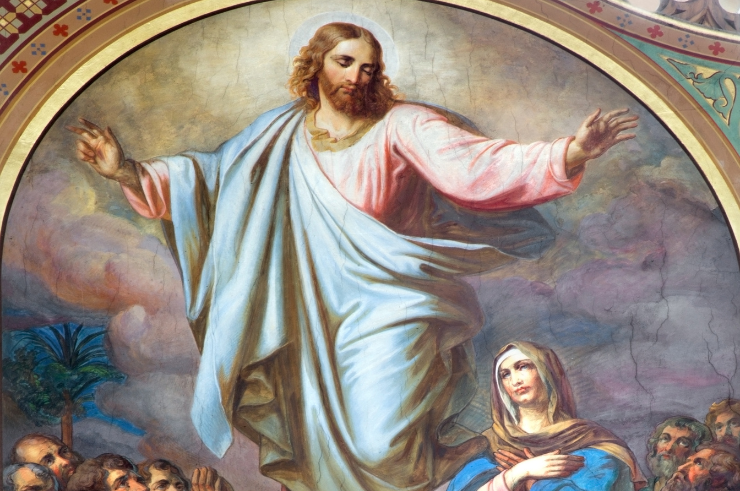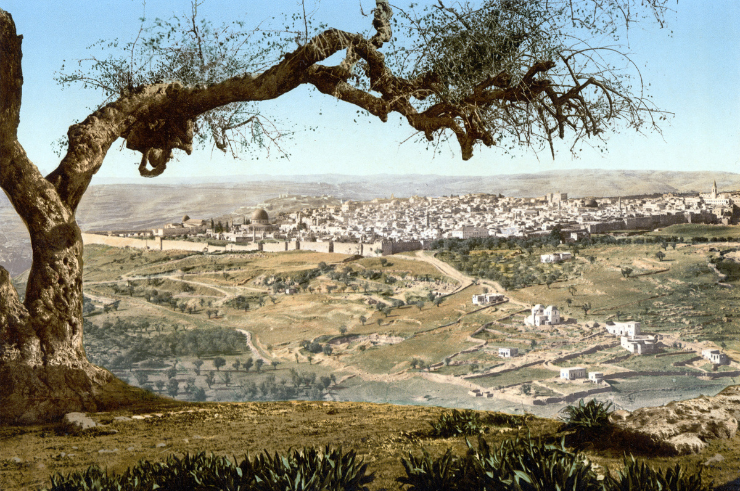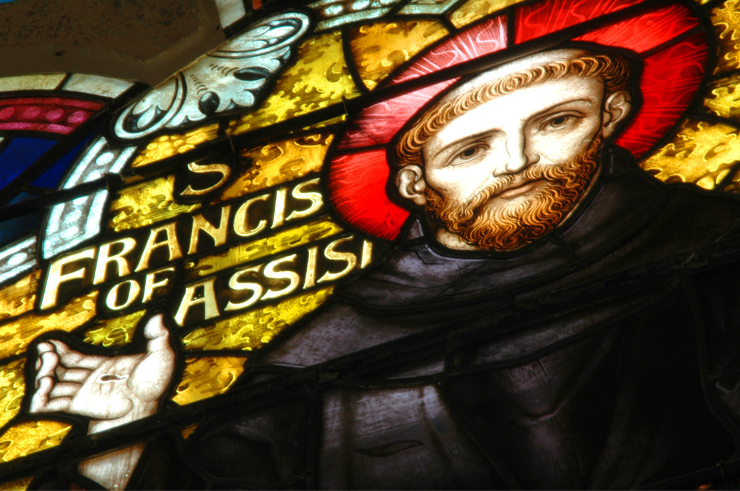Each year, 40 days after Easter, Catholics around the world mark the Ascension of the Lord. This solemn feast celebrates the moment when Jesus returned to Heaven, completing His earthly mission. The Ascension is one of the key events in the life of Christ, and it holds deep meaning for Christians in the Holy Land and around the world.
In 2025, the Ascension falls on Thursday, May 29, although some dioceses may celebrate it on the following Sunday, June 1.
In this post, we’ll look at what the Ascension means, how it’s celebrated, and why it’s important—especially for Christians living in the land where these events took place.
What Is the Ascension?
The Ascension refers to Jesus Christ physically rising into Heaven in the presence of His apostles. This event is recorded in several places in the Bible:
- Luke 24:50-53
When he had led them out to the vicinity of Bethany, he lifted up his hands and blessed them. While he was blessing them, he left them and was taken up into heaven. Then they worshiped him and returned to Jerusalem with great joy. And they stayed continually at the temple, praising God.
- Mark 16:19
After the Lord Jesus had spoken to them, he was taken up into heaven and he sat at the right hand of God.
- Acts 1:6-12
Then they gathered around him and asked him, “Lord, are you at this time going to restore the kingdom to Israel? “He said to them: “It is not for you to know the times or dates the Father has set by his own authority. But you will receive power when the Holy Spirit comes on you; and you will be my witnesses in Jerusalem, and in all Judea and Samaria, and to the ends of the earth.” After he said this, he was taken up before their very eyes, and a cloud hid him from their sight. They were looking intently up into the sky as he was going, when suddenly two men dressed in white stood beside them.“ Men of Galilee,” they said, “why do you stand here looking into the sky? This same Jesus, who has been taken from you into heaven, will come back in the same way you have seen him go into heaven.” Then the apostles returned to Jerusalem from the hill called the Mount of Olives, a Sabbath day’s walk from the city.
After rising from the dead on Easter Sunday, Jesus remained with His disciples for 40 days. During that time, He continued to teach, appeared to many people, and prepared His followers for what would come next. Then, on the 40th day, He led them to the Mount of Olives, blessed them, and was taken up into Heaven.
“He was lifted up, and a cloud took Him from their sight.” — Acts 1:9
What the Ascension Tells Us
The Ascension is not just the end of Jesus' time on Earth. It’s also a turning point for the Church and a sign of what comes next in the Christian story. Here are three key messages behind the Ascension:
1. Jesus Completes His Work on Earth
The Ascension marks the completion of Jesus’ mission. He came to teach, to heal, to suffer, die and rise again. After His resurrection, His final act was to return to the Father. This signals that His saving work was done.
2. He Opens Heaven to Us
By returning to Heaven, Jesus opens the way for all who follow Him. The Ascension is a sign of hope that eternal life is possible. He goes to prepare a place for His followers (John 14:2-3).
3. The Mission Continues
Before ascending, Jesus gave His apostles a mission: to go and make disciples of all nations. The Church begins to take shape here. He promises the Holy Spirit, who will guide and empower His followers to carry out this mission. That promise is fulfilled at Pentecost, 10 days later.
Celebrating the Ascension in the Holy Land
For Christians in the Holy Land, the Ascension is more than a liturgical event—it’s a lived connection to the land where it happened.
On the Mount of Olives, just outside the Old City of Jerusalem, stands the Chapel of the Ascension. This small, ancient building marks the traditional site of Jesus’ departure into Heaven. Pilgrims have visited this site since the early centuries of Christianity.
The Franciscan Foundation for the Holy Land (FFHL) works to protect Christian presence in the Holy Land through education, housing and humanitarian aid. The holy places, like the Mount of Olives, are important—not only for history but also for living faith today.
How the Ascension Is Celebrated
In Catholic tradition, the Ascension is a Holy Day of Obligation in many parts of the world, meaning Catholics are expected to attend Mass. Some dioceses move the observance to the following Sunday to make it easier for the faithful to participate.
Typical ways the Ascension is observed include:
- Special Mass readings from Acts 1, Psalm 47, Ephesians 1, and the Gospel of Luke or
Mark - Homilies that focus on the mission of the Church and the hope of Heaven
- Reflections on the coming of the Holy Spirit
- Pilgrimages, especially to the Mount of Olives for those in or near the Holy Land
The Connection to Pentecost
The Ascension also points directly to Pentecost, when the Holy Spirit descended upon the apostles. Jesus’ final promise before ascending was that His followers would receive the Holy Spirit, who would give them power to witness to the ends of the Earth (Acts 1:8).
In the ten days between Ascension and Pentecost, Catholics are encouraged to pray the Novena to the Holy Spirit, which is considered the oldest novena in the Church.
Why It Still Matters Today
The Ascension is a reminder that the Christian mission continues. Jesus’ time on Earth came to an end, but the work He started is ongoing. His followers are called to carry His message forward—not only in words, but in action.
This message has special meaning for Christians in the Holy Land. Many of them face economic hardship, political instability, and social pressure. Yet they remain as witnesses—living examples of the Christian faith in the place where it all began.
Through its programs, FFHL helps these Christian families stay rooted in their homeland. The goal is not just to preserve history but to support a living Church. That means helping young people get an education, assisting families in need, and defending access to sacred sites.
Support our mission to help Christians stay in the Holy Land
The Ascension of the Lord is not only a moment in history—it’s a message for the Church today. It teaches us that:
- Jesus is now with the Father, but still present in His Church
- Heaven is our goal, and the way is open
- The mission He gave us is still urgent
Whether standing at the Mount of Olives or sitting in a parish pew, Catholics are part of that same mission. The Ascension invites us to live with purpose, rooted in faith and pointing toward Heaven.
As we remember this feast, let us also remember the people who keep the faith alive in the land where Jesus lived, died, rose, and ascended. Their presence is a witness to all of us.
Learn more:
How FFHL Helps Christian Families Stay in the Holy Land
Why the Holy Land Needs You Now More Than Ever



